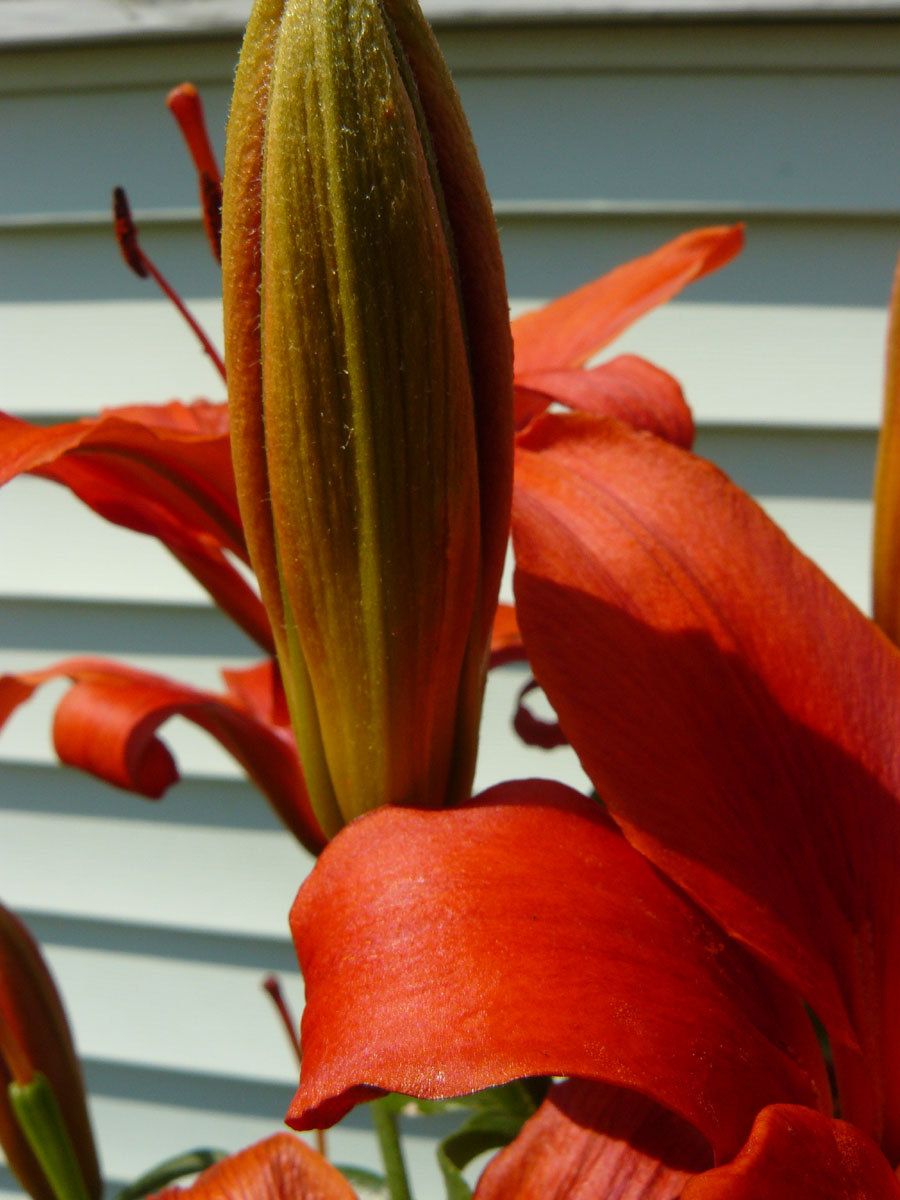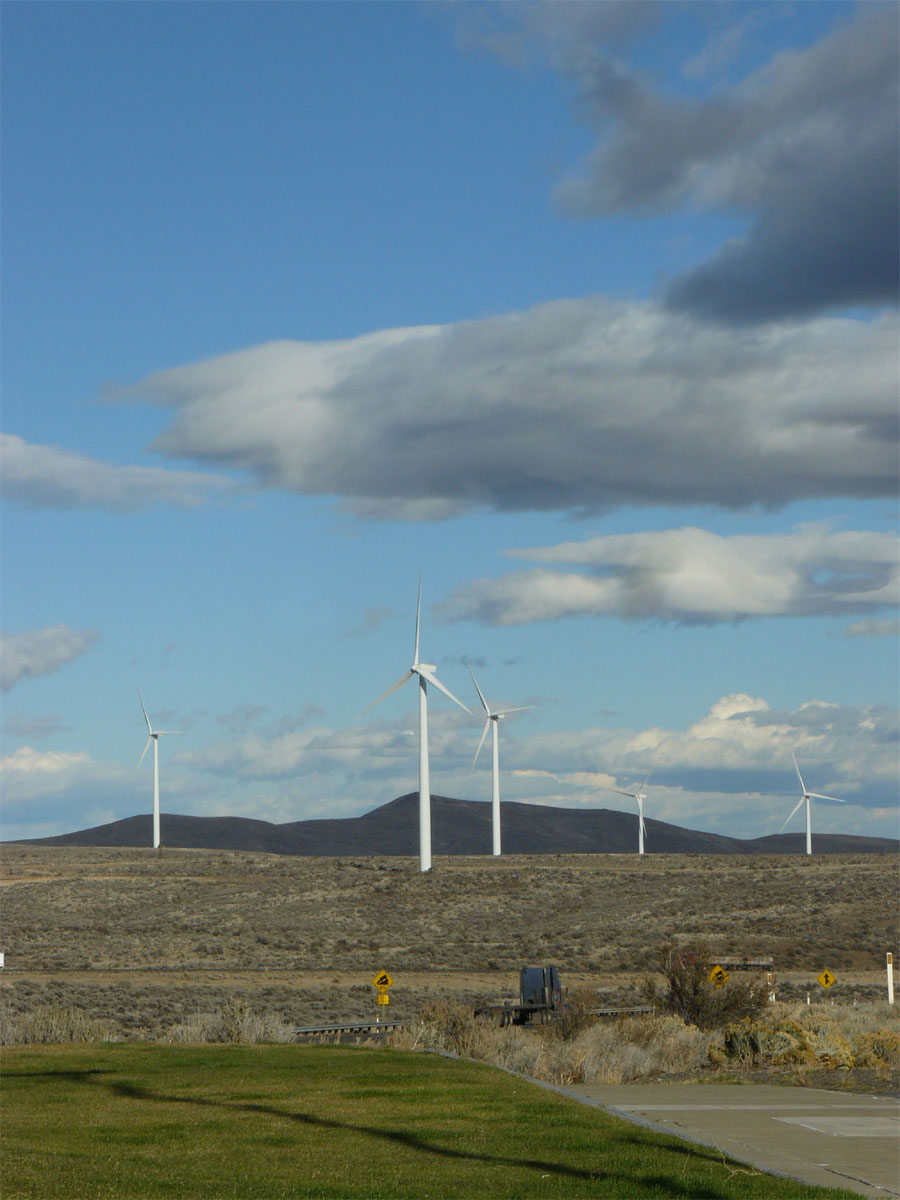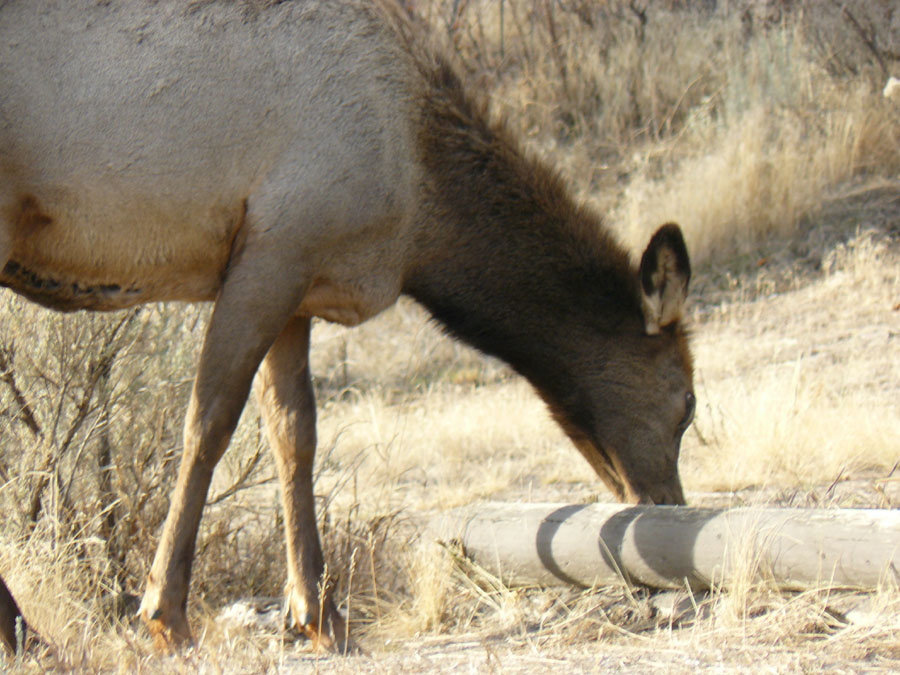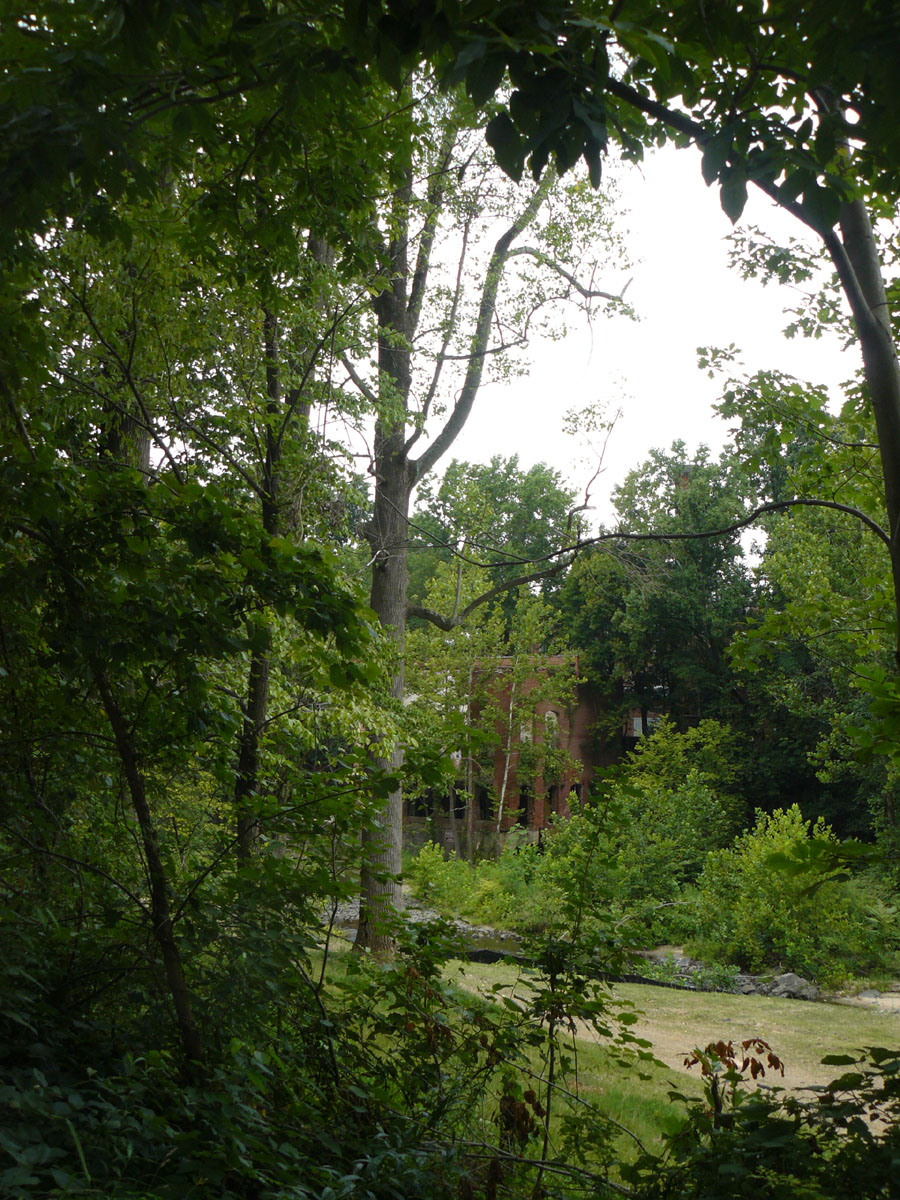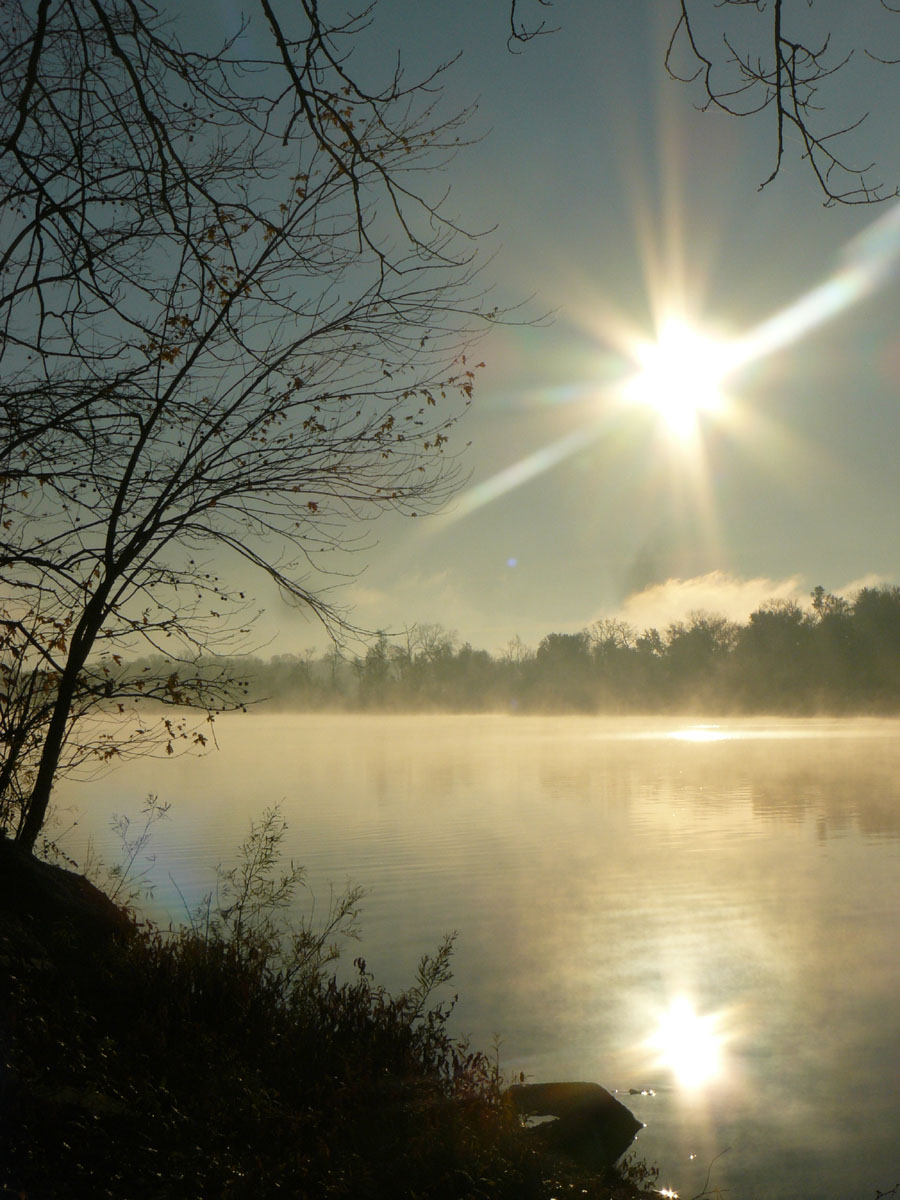 Location Taken: Just north of St. Louis, on the Illinois River.
Location Taken: Just north of St. Louis, on the Illinois River.
Time Taken: November 2012
There’s something magical about early morning river mist. Add in a beautiful sunrise and a nice backdrop of trees, and it gets really pretty really fast.
I wonder when games will get their graphics to this level?
There’s all the hype about high definition graphics and fancy shaders, but we’re nowhere near being able to render a delicate morning mist. Makes me really look forward to what we’ll be able to do in twenty years. I mean, it’s been less than twenty years since we first started really using polygons in games, and now we’ve got tons of them making really pretty scenes.
Water is getting pretty good these days, but mist and especially realistic lighting still is missing something. For the lighting, it’s refractive color that’s the primary missing thing, but hey, figuring out what color the light bouncing off of one object onto another one should be is TOUGH, especially if you need to render a large scene with tens of thousands of possible refractive areas.
Still, I hear people crowing about their amazing graphics and I start twitching at how many white reflective areas they’re showing on the models. There’s not much that reflects white out there. Even the sun, which IS white (really, it is, you just think of it as yellow because it’s too bright to look at when it’s not obscured by the atmosphere like at sunset, and the cultural standard is yellow). reflects with more than just white light. You can see the orange-red edge to the reflection in the water in this photo.
Now if you’ll excuse me, I need to go play some games.

